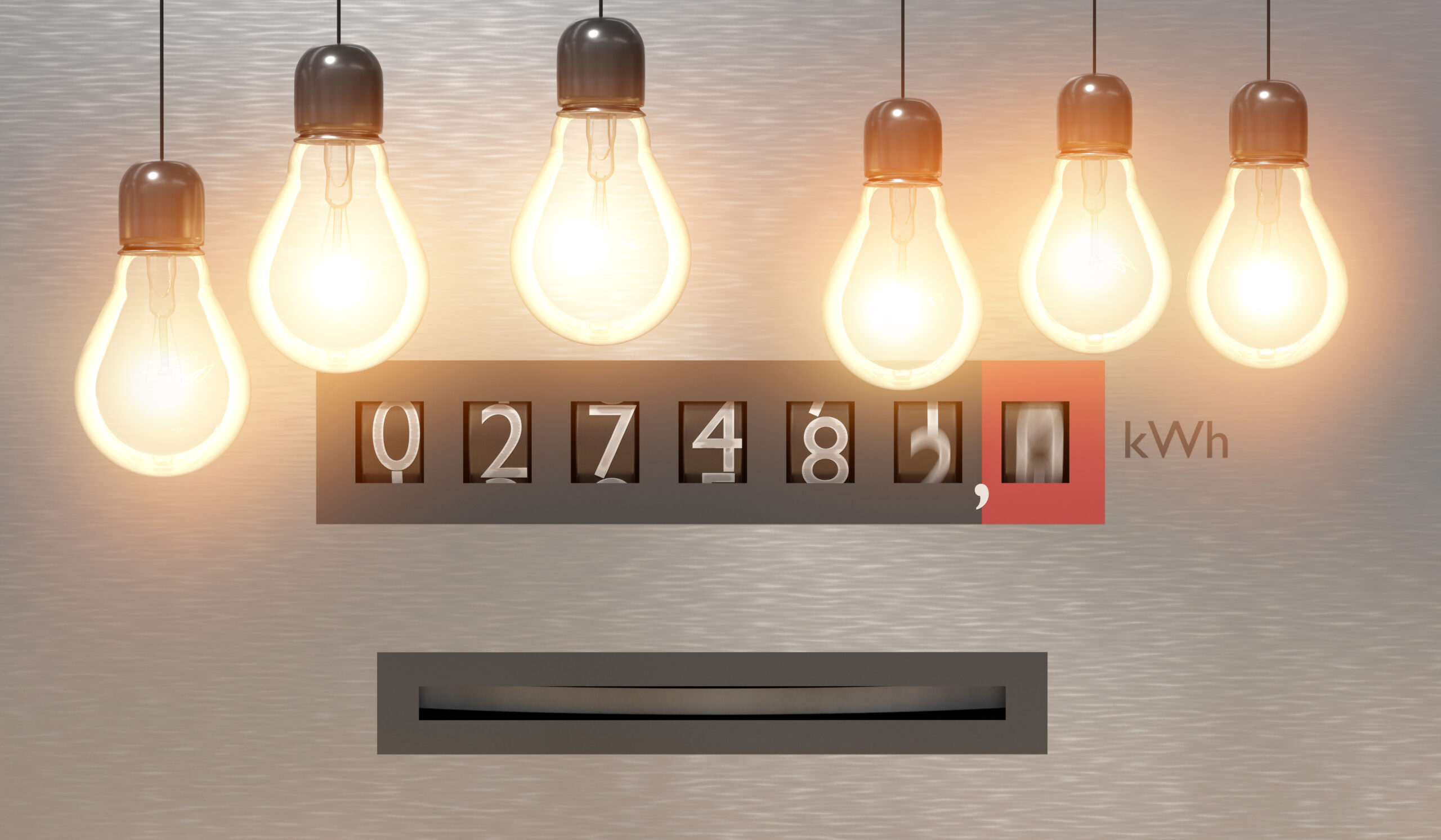In a year that has started with floods, the pandemic and sharply rising costs of living, the news that your energy bill is about to increase is probably not what you want to hear. Well, there’s good news and bad news; the bad is that an energy price increase is just around the corner, with electricity bills set to rise by a whopping 20% in June. But the good news is, there’s still time to protect yourself from this increase, but you need to act now!
Keep reading to learn more about why this electricity price rise is happening, or skip straight to the end if you want to start saving money NOW!
Key Points
- What has caused the electricity price to rise in NSW?
- How much will my electricity bill cost in 2022?
- How can I save money on my electricity bill?
What has caused the electricity price to rise in NSW?
After years of low energy prices due to the decrease in demand during the pandemic and the reduced cost of wholesale energy, this price rise might feel out of the blue. However, faced with the perfect storm of factors, energy retailers are now being forced to pass on the spike in costs to consumers.
The flow-on effect of an increase in the price of coal and wholesale power is inevitably an increase in your power bill. Here’s why this is happening:
-
Coal price increase
In Australia, two-thirds of electricity comes from coal-fired power stations, and in New South Wales dependency on fossil fuels is particularly high. In the first quarter of 2022, NSW and QLD have suffered from the highest electricity in the country due to their high use of fossil fuels compared to the southern states. It follows that NSW and QLD are also the states facing the biggest price rise for the remainder of the year.
There are several domestic and global issues that have resulted in the increased cost of coal:
- The war in Ukraine – in response to the Russian invasion of Ukraine in February 2022, the global community has ceased most trading with Russia. In much of Europe, Russian coal is widely used for power generation, so as countries adapt to find different sources of coal, prices are being forced rapidly upwards.
- The east coast floods – the once-in-a-century flooding in parts of New South Wales and Queensland in February 2022 crippled the coal supply lines on the east coast, leading to a supply shortage. As a result, significant pressure was put on the price of coal as energy generators tried to maintain the production of power.
- Global distribution disruption – as well as the impact of removing Russian coal from the global market, the COVID-19 pandemic continues to affect the global supply of coal and power, causing widespread increases in the price.
-
Increase in wholesale electricity prices
Along with the increased cost of coal, there are several additional reasons that the price of wholesale power is going up in NSW:
- Power station outages – the supply of power to the east coast has suffered recently due to outages in power stations in both NSW and QLD. Most significantly, the explosion in the Callide C Unit 4 at the Callide Power Station in Mount Murchison had both an immediate and long-term impact on electricity generation, with the generator still out of action, and predicted to be unavailable until mid-way through 2023.
- Power station closures – the closure of the Liddel power station has decreased NSW’s energy supply to the grid, and along with several closures in QLD, there has been a significant reduction in the power generation capacity on the east coast. With the announcement that the Eraring power station will close in 2025, seven years earlier than planned, this strain on coal-fired power is set to continue.
- Slow implementation of renewables – the decrease in coal-fired power is meant to be offset by Australia’s commitment to green energy, however, there have been several obstacles that have slowed this move. According to the Clean Energy Council, some of the main issues in the transition to renewable energy are the frequent changes in policy from the Australian government, market reforms, grid connection issues and network constraints. Mr Koenders, the head of energy research at investment bank Barrenjoey, summed up the issue by saying “until we get to that endpoint where there is sufficient hydro build-out and battery storage as per government targets, we are going to continue to face increased volatility in the electricity market” (source: abc.net.au).
- Domestic distribution disruption – due to distribution issues caused by the pandemic, fires and floods, New South Wales cannot import power from Victoria, despite a much lower wholesale price in the southern states. This means that NSW residents are paying much higher prices than Victorians.
- Increased demand for power – adding to the supply shortage issue, demand for power has shot up, caused by warm temperatures, heatwaves and a return to workplaces after the lockdowns.
-
Energy bill price rise
The wholesale price of electricity makes up 30% – 40% of your electricity bill, so the increase in the wholesale price in NSW has a direct impact on how much your energy retailer will charge you for your electricity.
How much will my electricity bill cost in 2022?
In 2022, the high price of wholesale electricity in the eastern states will lead to a bill increase of around 20% in the second half of the year for NSW and QLD residents.
In New South Wales, the Default Market Offer (DMO) is used by electricity retailers to determine the rates they charge customers. The Australian Energy Regulator (AER) sets the DMO price every year, as part of the Australian government’s initiative to provide affordable and fairly priced electricity for everyone. The DMO is the maximum price that energy companies can charge for electricity, replacing their expensive standing offers. Retailers must also use the DMO as a reference price for their discounts and market offers.
The AER reviews the price of the DMO rate every year to reflect the current market conditions. This usually happens on May 1st, but this year it has been delayed until May 25th, to give more time to thoroughly review and assess the impact of the volatile market. With the recent increase in coal and wholesale prices, the DMO is set to increase for the 2022/2023 year, which in turn will lead to a higher reference price for your electricity plan.
How can I save money on my electricity bill?
Although it might sound like a foregone conclusion, there is still time to protect yourself from the price rise in June. But don’t leave it too late – you need to switch to a new plan before the higher rates arrive to keep your money in your pocket!
These are the three key things to look out for before you make the switch:
-
Fixed-rate plans
Finding a fixed-rate plan means you can lock in the current electricity rate and avoid the 20% rise in June. Look for an energy retailer that offers a 12-month fixed-rate plan. Even though the rate might be higher than the current variable rate, it will save you money in the long term by guaranteeing that you’ll pay the same price for electricity all year, even after the rates go up. Contact CheapBills online or by calling 1300 786 045 and we can help you find a fixed-rate plan that is suitable for your home or small business’s energy needs.
Don’t forget, you need to make the switch before the prices go up, so contact us TODAY, before it’s too late!
-
Sign-up credit
As a thank you to new customers, several electricity retailers offer sign-up credits, which can help to offset the cost of your increased rates. At CheapBills we have access to sign-up bonuses from some of Australia’s leading energy companies. Call us today at 1300 786 045 or fill in the online form and our expert team will find you the best deals on the market.
-
Rebates and concessions
The New South Wales government offers concessions, rebates, and assistance to eligible residents to help with the cost of electricity and gas. Some of the rebates available include Families, Seniors, and Low-Income. If you are eligible, you can claim these rebates and concessions on top of any discounts offered by your electricity retailer. Find out more here.
What next?
The price rise is just around the corner, so there’s no time to delay. To avoid a bill shock in June, make sure you take action today. Our team is waiting to help on 1300 786 045, or online.
Related post: Are Electricity Prices Going Up in 2023








